The haunting melodies of the kantele, Finland’s traditional plucked string instrument, have long been intertwined with the nation’s cultural identity. Few artistic pairings are as evocative as that of the kantele and the Kalevala, Finland’s epic poem that weaves together mythology, history, and folklore. The instrument’s delicate, resonant tones serve as the perfect accompaniment to the rhythmic cadence of the Kalevala’s verses, creating an auditory experience that transports listeners to the misty forests and lakeshores of ancient Finland.
Legend has it that the first kantele was crafted by the wise bard Väinämöinen, a central figure in the Kalevala. According to the epic, he fashioned the instrument from the jawbone of a giant pike and strung it with the hair of a maiden’s tresses. When he played, the music was so enchanting that all creatures—human and animal alike—paused to listen. This mythic origin story underscores the deep connection between the kantele and Finland’s oral storytelling traditions. Even today, the instrument remains a symbol of cultural continuity, bridging the gap between ancient rune-singers and modern performers.
The Kalevala itself, compiled by Elias Lönnrot in the 19th century from oral folk poetry, is more than just a collection of myths—it is the foundation of Finland’s literary heritage. Its verses, sung in a distinctive trochaic tetrameter, were traditionally performed to the accompaniment of the kantele. The instrument’s ethereal sound complements the epic’s themes of creation, magic, and heroic deeds. Unlike the bold strumming of a guitar or the sharp notes of a violin, the kantele produces a soft, cascading resonance that mirrors the natural world described in the Kalevala—rippling water, whispering winds, and the rustling of leaves.
Modern interpretations of the Kalevala often feature the kantele as a central element, whether in theatrical performances, musical compositions, or folk revivals. Contemporary musicians have expanded the instrument’s repertoire, experimenting with electrified versions or blending its sound with other genres. Yet, even in these innovative contexts, the kantele retains its ancient soul. Its voice remains unmistakably tied to the stories of Väinämöinen, the tragic Kullervo, and the forging of the Sampo, a mythical artifact of prosperity.
For those who seek to understand Finland’s cultural heart, the kantele and the Kalevala offer a gateway. Together, they form a living tradition that continues to inspire artists, musicians, and storytellers. The instrument’s strings, like the lines of the epic, vibrate with the echoes of the past while resonating in the present—a testament to the enduring power of music and myth.

By /Jun 6, 2025
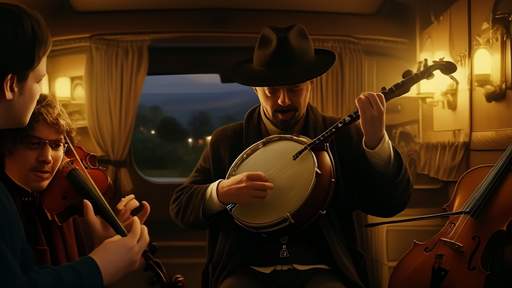
By /Jun 6, 2025
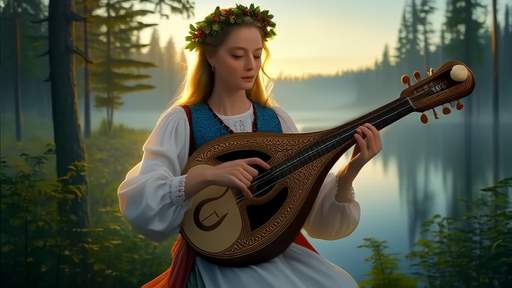
By /Jun 6, 2025

By /Jun 6, 2025

By /Jun 6, 2025
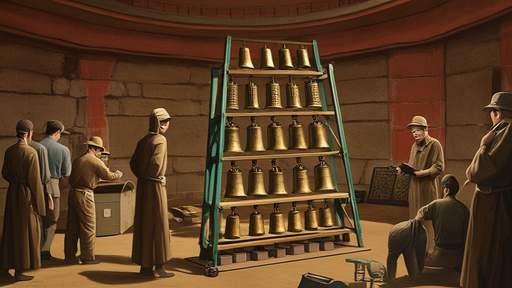
By /Jun 6, 2025

By /Jun 6, 2025

By /Jun 6, 2025

By /Jun 6, 2025

By /Jun 6, 2025

By /Jun 6, 2025

By /Jun 6, 2025
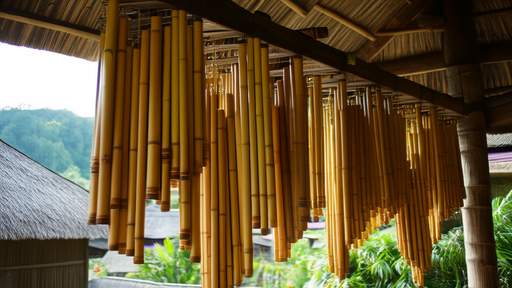
By /Jun 6, 2025
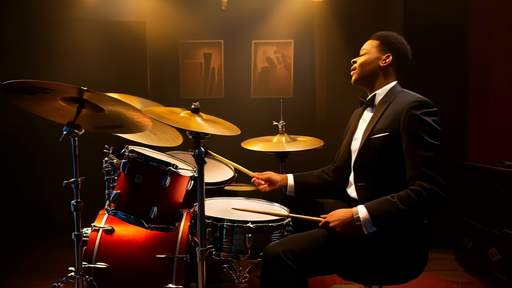
By /Jun 6, 2025

By /Jun 6, 2025

By /Jun 6, 2025

By /Jun 6, 2025
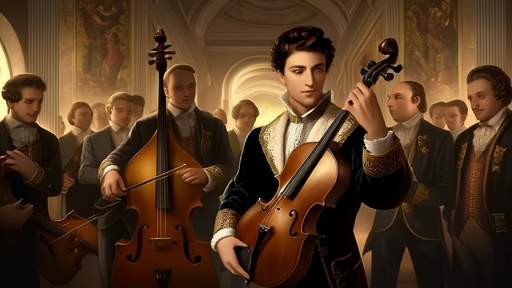
By /Jun 6, 2025

By /Jun 6, 2025

By /Jun 6, 2025